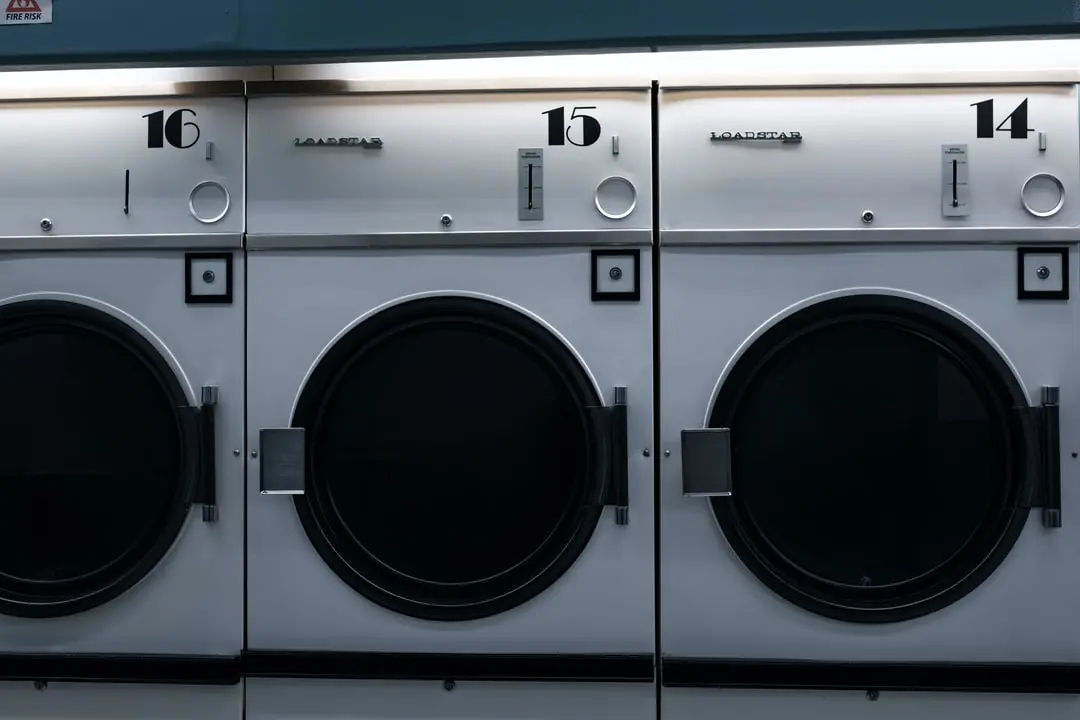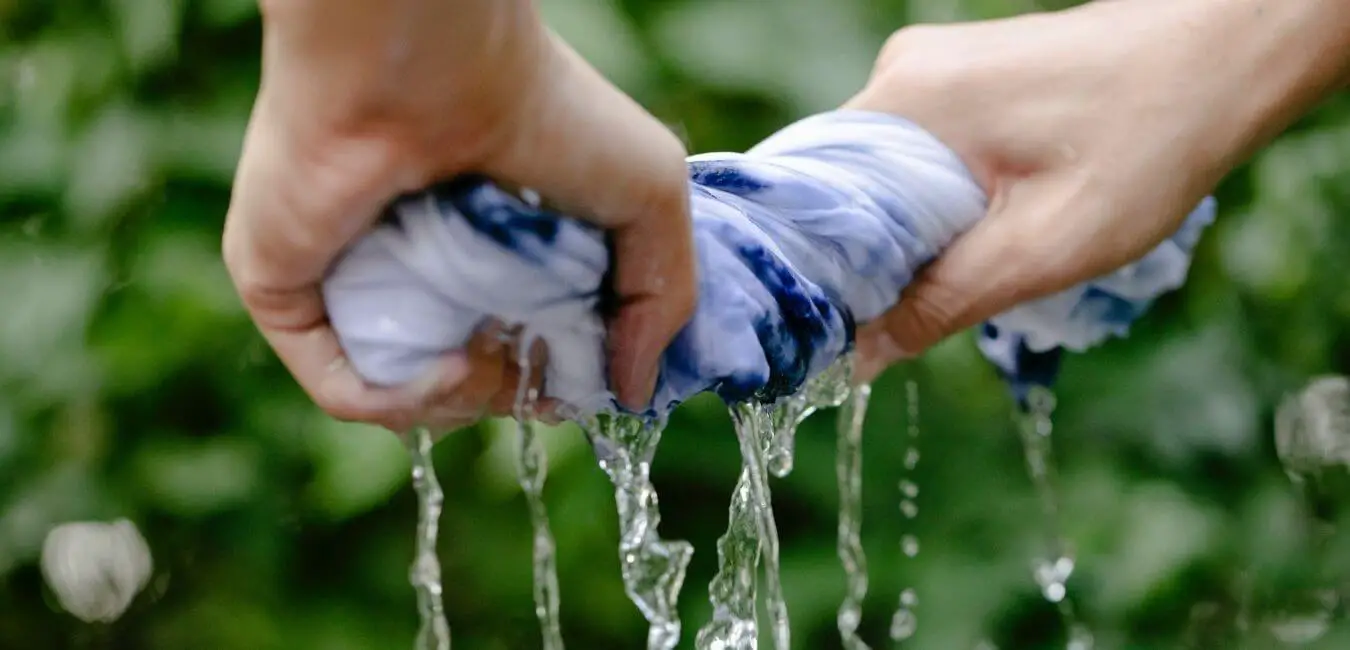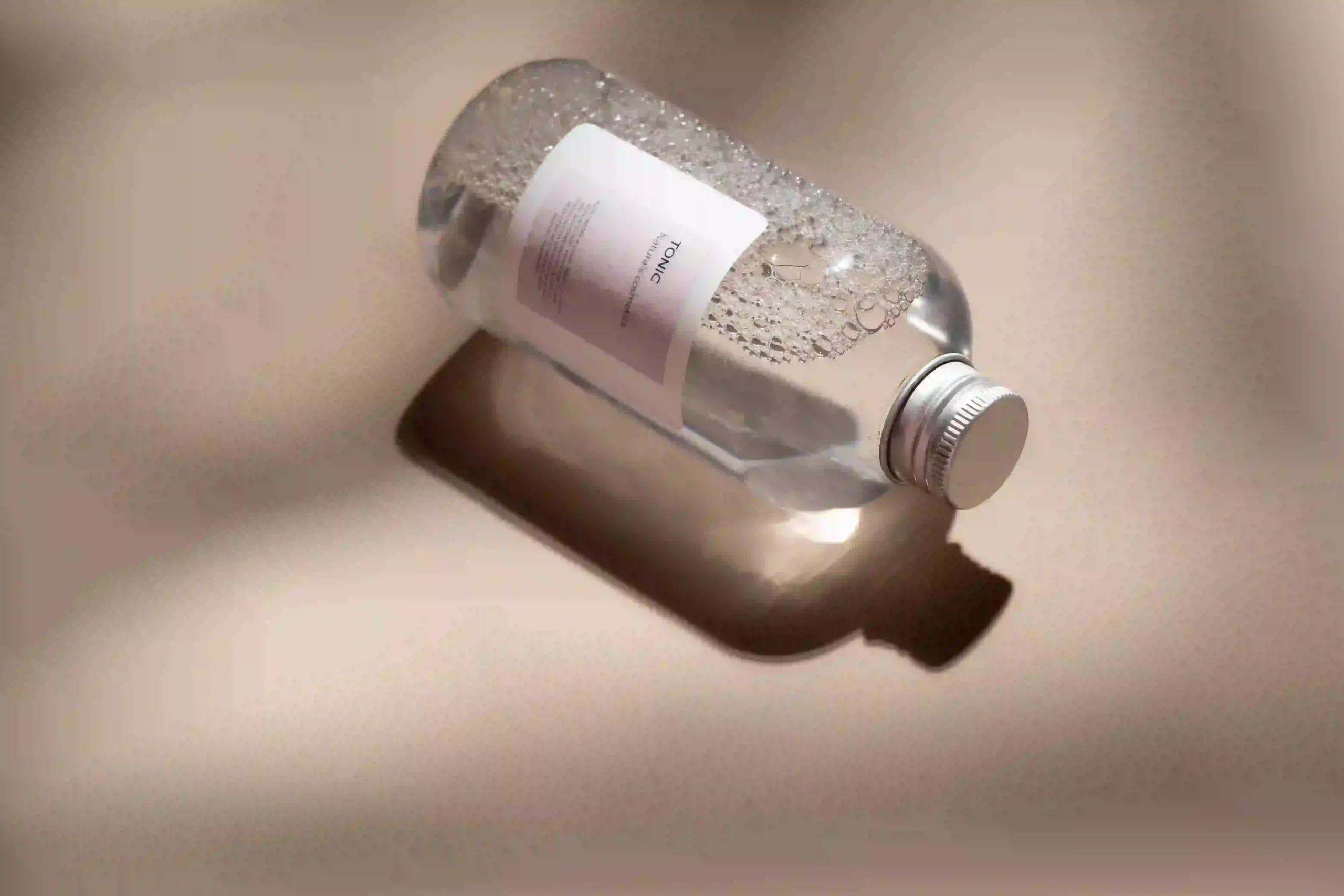Do you ever feel like your laundry isn’t as clean as it should be? Maybe you notice stubborn stains that just won’t go away, or you can still smell detergent even after the wash is done. If this sounds familiar, it’s time to take a closer look at your washing machine’s rinse and spin settings.
This often-overlooked feature can make a huge difference in the quality of your laundry, and it’s time to start taking advantage of it. Not only can the washing machine’s rinse and spin settings remove detergent residue and stubborn stains, but it can also save you money on your utility bills and even eliminate the need for a dryer in some cases.
By using these settings correctly, you can maximize the quality of your laundry and free yourself from the frustration of clothes that just don’t feel clean.
So, let’s dive into the benefits of washing machine’s rinse and spin settings, how to use it properly, and common issues that may arise. It’s time to take control of your laundry routine and experience the freedom of truly clean clothes.
Key Takeaways
- The washing machine’s rinse and spin setting is an excellent wash program to improve laundry quality.
- The washing machine’s rinse and spin settings can be used to remove detergent residues and stain spots.
- The washing machine’s rinse and spin settings can help save on utility bills and avoid the use of the dryer.
- Spin-only settings can be used to reduce moisture levels quickly.
The Benefits of Washing Machine’s Rinse and Spin Settings

You’ll love the benefits of the washing machine’s rinse and spin settings, as it helps improve laundry quality, save on utility bills, remove detergent residues and stain spots, freshen clothes, and even hasten the drying process during the rainy season.
It’s a versatile setting that can be used for a variety of purposes, from rinsing hand-washed clothes to removing excess moisture from a load of laundry. And the best part? No detergent’s required for this cycle, which means you’ll save even more money on laundry expenses.
Utility savings are one of the top benefits of rinse and spin settings. By using this setting, you can significantly reduce the amount of energy and water used during the washing process.
Moreover, the washing machine’s rinse and spin settings can be used to remove excess moisture from clothes, you’ll need less time in the dryer, which translates to even more energy savings.
And if you’re concerned about detergent residues and stain spots, rinse and spin settings can help with that too. With all these benefits, it’s clear that the rinse and spin setting is an essential setting for anyone looking to maximize laundry quality while keeping utility bills low.
Usage Guidelines Of The Washing Machine’s Rinse and Spin Settings

Using your washing machine’s rinse and spin setting is a great way to improve the quality of your laundry. However, it’s essential to use this setting correctly to get the best results.
When using rinse and spin settings, it’s important to consider the type of fabric you’re washing and adjust the spin speed accordingly. This will help prevent damage to delicate fabrics and ensure that heavier fabrics are thoroughly rinsed and spun.
The water temperature is another important factor to consider when using your washing machine’s rinse and spin settings. Cold water is preferable for this cycle, as it helps to prevent shrinkage and damage to fabrics.
By following these guidelines and using rinse and spin settings correctly, you can maximize the quality of your laundry and enjoy fresh, clean clothes every time.
Spin Only Setting
To maximize spin efficiency and speed up the drying process, the spin-only setting on your washing machine is a powerful tool. With varying spin speeds, you can choose the right setting for your fabrics, from low to extra high.
This setting is particularly useful for drying thicker fabrics like towels and jeans, as well as delicate fabrics that need extra care. To choose the right spin speed, consider the fabric type and weight. Lighter, more delicate fabrics should be spun at lower speeds, while heavier fabrics can handle higher speeds.
Be mindful of not overloading the machine, as this can affect the efficiency and effectiveness of the spin-only setting. By using these settings properly, you can reduce moisture levels in your clothes and cut down on drying time, all while maximizing laundry quality.
Common Issues and Troubleshooting

If your washing machine isn’t rinsing properly, there could be several reasons. One common reason is detergent overdosing. Using too much detergent can cause residue buildup in the washer, leading to poor rinsing performance.
Additionally, lint residues can also accumulate in the washer, preventing it from rinsing properly. Make sure to clean the lint filter and the washer drum regularly to prevent these issues.
Another reason for poor rinsing performance is not having enough water in the washer. If your washer isn’t filling up with enough water, it may not be able to rinse your clothes properly. Check your water inlet filter and make sure it’s clean and functioning properly.
If you continue to experience issues, it may be time to call a professional for repairs. In addition to these troubleshooting tips, regular maintenance can also help keep your washer rinsing properly. Make sure to follow the manufacturer’s instructions for cleaning and maintenance suggestions to ensure the best performance from your washing machine.
Frequently Asked Questions

1. Can I use fabric softener during the rinse and spin settings?
Yes, you can use fabric softener during the rinse and spin settings. Adding fabric softener can provide benefits such as making clothes feel softer and reducing static cling.
However, there are also some drawbacks to consider. Fabric softeners can leave a residue on clothes, which can cause skin irritation for those with sensitive skin. Additionally, if too much fabric softener is used, it can reduce the absorbency of towels and other fabrics.
So, while using fabric softener during the rinse and spin cycle can provide some benefits, it’s important to use it in moderation and be aware of any potential drawbacks.
2. Is it safe to spin hand-washed delicate fabrics on the rinse and spin setting?
When it comes to hand-washed delicate fabrics and spin settings, it’s understandable to feel cautious. However, the washing machine’s rinse and spin settings can be a safe option when done correctly.
To minimize damage while spinning delicate clothes, adjust the spin speed based on the fabric type. Using cold water and avoiding detergent can also help.
The benefits of using the washing machine’s rinse and spin setting for laundry quality enhancement are numerous, including removing moisture and detergent residues, as well as freshening clothes that accidentally got wet.
Just be sure to use caution and follow the guidelines for a successful and safe rinse and spin cycle.
3. How do I adjust the spin speed for different types of fabrics?
Adjusting spin speed is crucial for proper fabric care. Different types of fabrics require different spin speeds to prevent damage and ensure optimal drying.
When using the spin-only setting, it’s important to adjust the spin speed based on the fabric type. For delicate fabrics like silk or lace, a low spin speed is recommended to prevent tearing or stretching. For heavier fabrics like denim or towels, a higher spin speed is ideal to remove excess moisture.
Remember that adjusting the spin speed can also affect the duration of the rinse and spin cycle. By taking the time to adjust the spin speed for each fabric type, you can ensure that your clothes are properly cared for and avoid any unnecessary damage.
4. What should I do if my washer is not rinsing properly on the rinse and spin settings?
If your washer isn’t rinsing properly on the rinse and spin settings, there are a few troubleshooting tips you can try before calling for repairs. First, make sure you’re not overdosing on detergent because this can cause residue buildup.
Additionally, check for lint buildup or a malfunctioning water inlet filter. If these tips don’t solve the issue, it may be time for some washer maintenance.
Regular maintenance, like cleaning the drum and checking for loose connections, can help prevent future issues and keep your washer running smoothly. Remember, taking care of your washer can save you time and money in the long run, giving you the freedom to focus on the things that matter most.
5. Are there any specific types of clothes or fabrics that should not be washed using the rinse and spin setting?
When it comes to using the rinse and spin setting on your washing machine, it’s important to take proper maintenance precautions to ensure that all of your clothes are cleaned effectively.
While this setting can be used for a variety of fabrics, there are some specific types of clothes that should not be washed using rinse and spin.
Delicates, for example, should not be washed in this cycle as they can cause damage to the fabric.
It’s also important to adjust the spin speeds based on the fabric type to prevent any potential damage.
By taking these precautions and properly maintaining your washing machine, you can ensure that your clothes are washed effectively and efficiently.
And with the freedom of knowing you’re doing everything you can to keep your clothes looking their best, you’ll be able to tackle the day with confidence.
Conclusion and final thoughts 💭
So there you have it, a complete guide to maximizing your laundry quality with the washing machine’s rinse and spin setting.
By using this often-overlooked feature, you can not only remove stubborn stains and detergent residue but also save on utility bills and eliminate the need for a dryer in some cases.
But did you know that, according to a study by the American Cleaning Institute, only 22% of Americans use the rinse and spin setting regularly?
By taking advantage of this feature, you can join the minority of people who are achieving the best possible results from their laundry routine.
So, next time you do your laundry, don’t forget to give the rinse and spin setting a try and see the difference it can make for you.












